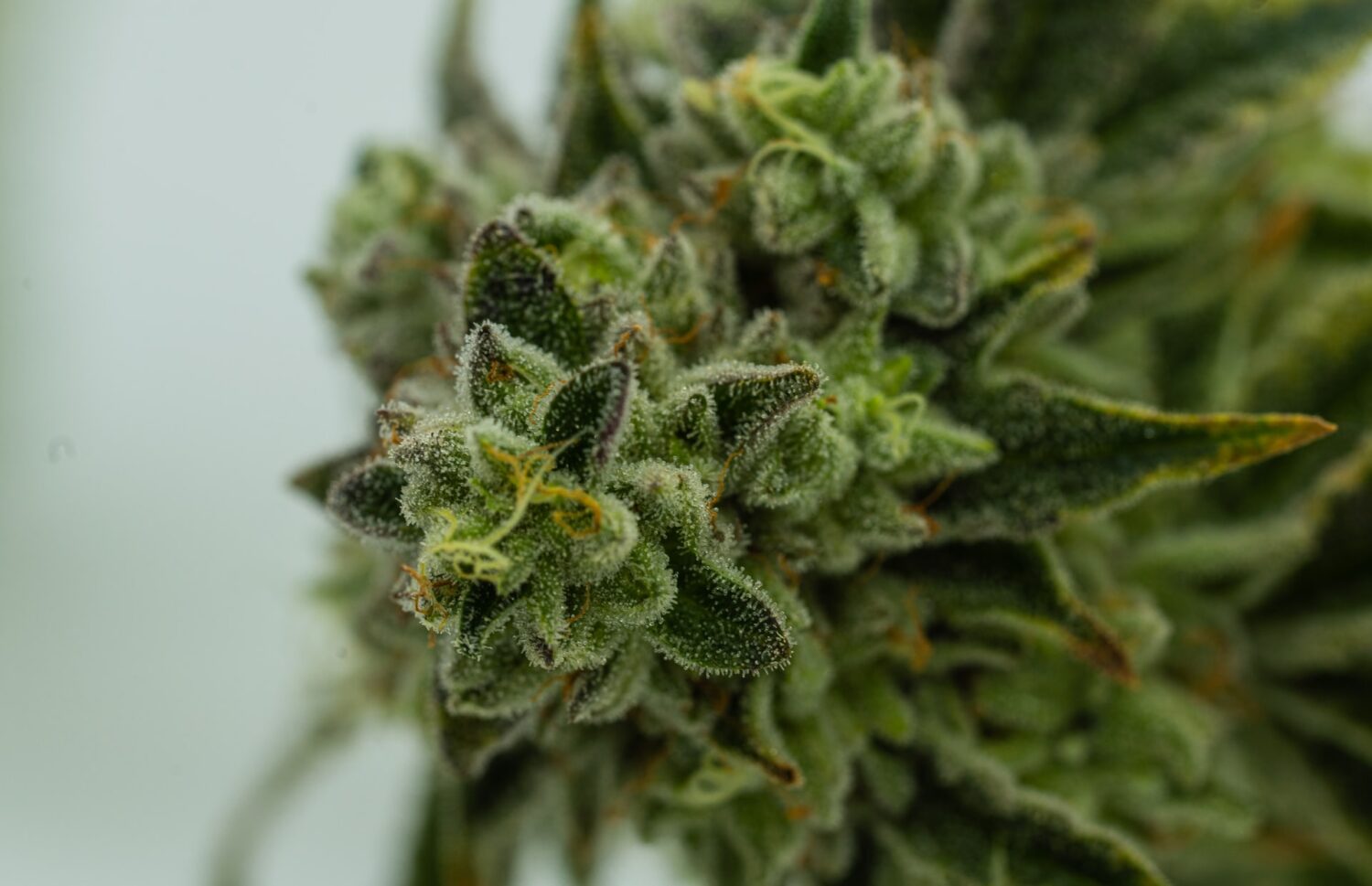The earliest known use of Cannabis dates back to 2700 B.C., in rituals in China. This was the drug that “take the spirit away”. So, since decades (not to say millennia), the Cannabis species (C. sativa, C. indica, C. ruderalis) have been a controversial subject regarding the multiple properties of its components. Indeed, no less than 113 cannabinoids have been currently isolated including the well known Delta-9-THC (TetraHydroCannabinol) that was isolated in 1963 by the Mechoulam team. Delta-9-THC is the highly liposoluble terpene (and not an alkaloid as cocaine and opium) product that some humans love for its psychoactive actions, the “highs”, and in a lesser extent the Delta-8-THC. The other most promoted substance is the CBD (the cannabidiol) which is considered by many sellers and users as a “miraculous” product with some medical properties.
Looking more closely, excepted for the psychoactive effect, both CBD and THC share many similar actions and side effects on the human body. A long list has already been established. Moreover, it has also been shown in a 2016 study (1) than CBD is able to slowly transform in THC in a warm acidic medium, and this is what the gastric fluid of the stomach is composed of. So it would seems that this is explaining the above similitudes of CBD/THC effects!
To better understand why these types of chemical substances are synthesized, their original aim has to be kept in mind: these substances are secondary metabolites, useless for the life per se, but essential to protect the organisms from their predators and to ensure the survival of the species. So, this is why in the case of cannabis, the trichomes (little vesicles at the surface of the plant) containing the THC are very abundant on the female plants at the flower level, the preferred part of the marijuana users. This is the same aim for many plants as for the opium extracted from the poppy pods/capsules containing the seeds.
As a note, this survival mechanism using psychoactive or toxic substances is part of the struggle for life. These kind of substances are also used by the molds, mushrooms, plants but not only: many small animals such as sponges, fishes, birds, frogs, etc., synthesized at the epiderm level (psychoactive) toxins as a defence against possible predators.
In the case of the cannabis, the researches made to understand the THC mechanism of action at the origin of the “highs” allowed to discover in the 1990’s an other important complex and old biological system called improperly the Endocannabinoid System (ECS).
In short, the THC is a liposoluble metabolite thus able to circulate in the body and cross the hemato-encephalic barrier and to compete with the natural/endogenous ligands (Anandamide/AEA and 2-AG/2-arachidonoylglyerol) of two key receptors named CB1R and CB2R:
-The CB1 Receptors are densely expressed in the in the Central Nervous System and Cerebellum and moderately in the Spinal Cord. They are also present in the Peripheral Nervous System in lungs, heart, intestine, liver, pancreas, ovaries, testes, skin and bones.
-The CB2 Receptors are more related to the Immune System and liver, placenta and less present in the Central and Peripheral Nervous Systems.
As a result, the Endocannabinoid System (ECS) is involved in: memory, mood, appetite, sleep, pain response, nausea, emotions, thermoregulation, immunity, fertility and in the reward system, the one causing the addiction; ECS maintains the stability of the organism, the homeostasis.
The ECS present in the Reproductive System of women is involved in all its physiological functions including the oocyte implantation, the endometrial modification and the placentation (2). Female exposure to cannabis/THC has been associated with early pregnancy failure and moreover when the THC, also able to cross the placental barrier, is present in the blood of the pregnant woman it will not only endanger the embryo and foetus viability but also will have postnatal repercussions for the baby: risks for malformations including anencephaly and risks for later ADHD (Attention deficit and hyperactivity disorders), learning disabilities and even schizophrenia (3-4).
Thus, to protect the world population from the drug use harming effects, the human wisdom has established the UN International Drug Control Conventions of 1961, 1971 and 1988 (5) and more specifically for the youth with the article 33 of the Convention on the Rights of the Child of 1989 (6). And even today 2021, the Cannabis is still under these controls despite the huge lobbying made by some drug pushers being governments, politicians, institutions, NGOs, having political and/or financial vested interests. But what they are omitting to speak about are the overall human and social high costs of the drug addiction, high costs going far beyond the use of the drugs themselves and with the subsequent desastrous consequences:
-for the public health with healthcare and treatment: 111 000 people entered treatments related to cannabis use in Europe (7),
-for the public safety, with traffic and workplace accidents, crimes and terrorism,
-for the lost in youth potentials and labor productivity,
-for undermining states governance by corruption of officials and money laundering,
-for the degradation of environment due to waste toxic chemicals, deforestation, soil degradation and water issues (cannabis plantations need a great amount of water).
Now, with all these basic data in mind, and remembering the aim of these secondary metabolites, you can answer for yourself to the question: Cannabis: Hell or Heaven?
With a hundred of associations and groups across Europe, FDFE (the Foundation for a Drug Free Europe) considers that the drug problem can be curtailed by educating the youth and the public at large on the harming effects of drug use. Indeed, empowered with the right information on what drugs really are, anyone, young and adults will take the correct decision for a sane, safe and happy living.
Our materials, part of the campaign The Truth About Drugs, are available in 17 languages, on: www.fdfe.eu
Photo credit: Photo by Avery Meeker on Unsplash
References (1) J. Merrick et al. Identification of Psychoactive Degradants of Cannabidiol in Simulated Gastric and Physiological Fluids. Cannabis and Cannabinoid Research, Vol. 1.1, 2016
(2) E. Fride. Multiple Roles for the Endocannabinoid System During the Earliest Stages of Life: Pre- and Postnatal Development. Journal of Neurendocrinology 20 (Suppl. 1), 75-81, 2008
(3) S.T. Wilkinson et al. Impact of Cannabis Use on the Development of Psychotic Disorders. Curr Addict Rep, 1,115-128, 2014
(4) Batya Swift Yasgur. Cannabis-induced Psychosis in Teenagers and Young Adults: Risk Factors, Detection, Management. Psychiatryadvisor.com/home/topics/addiction/cannabis-use. 25 June 2019.
(5) www.unodc.org/documents/commissions/CND/Int_Drug_Control_Conventions
(6) www.ohchr.org/en/professionalinterest/pages/crc.aspx
(7) European Monitoring Centre for Drugs and Drug Addiction (2021), European Drug Report 2021.












